Business Analytics Course
 4.8 (21,636) reviews
4.8 (21,636) reviews
The Business Analytics course is a specialized program designed to equip students with the knowledge and skills needed to analyze and interpret complex business data, enhancing decision-making processes. This course covers key areas such as statistical analysis, data visualization, and predictive modeling, using tools like Excel, SQL, Python, and Tableau. Students will learn how to identify trends, forecast business outcomes, and develop strategic insights through practical, real-world case studies and projects. Get Nationally Recognized – Government-Approved BIT Certification Aligned with NSDC, Skill India & NIELIT
Read more








 Scrum
Scrum
 Docker
Docker
 Excel
Excel
 VBA
VBA
 Jupyter
Jupyter
 AWS
AWS
 Alteryx
Alteryx
 OpenAI's GPT
OpenAI's GPT
 SQL
SQL
 TensorFlow
TensorFlow
 Power BI
Power BI
 SciPy
SciPy
 Tableau
Tableau
 Plotly
Plotly
 Azure
Azure
 QlikSense
QlikSense





























 Read more
Read more 
